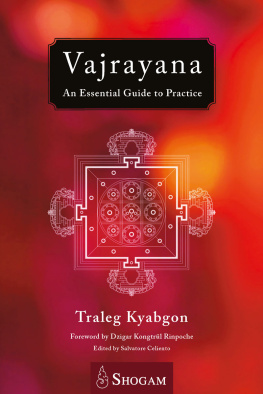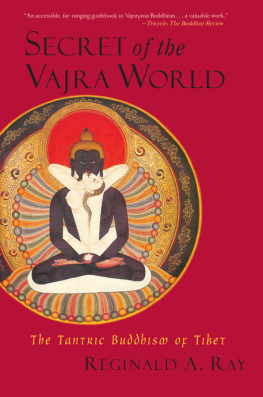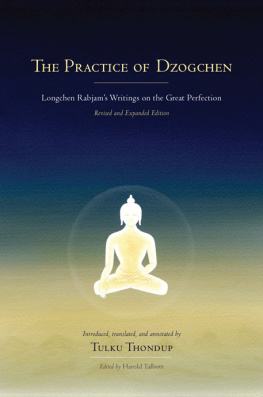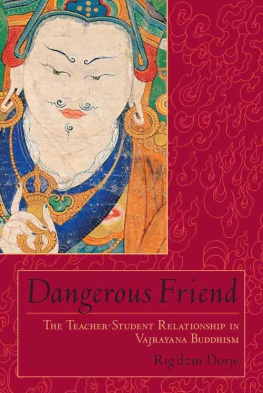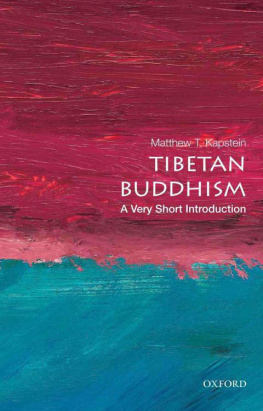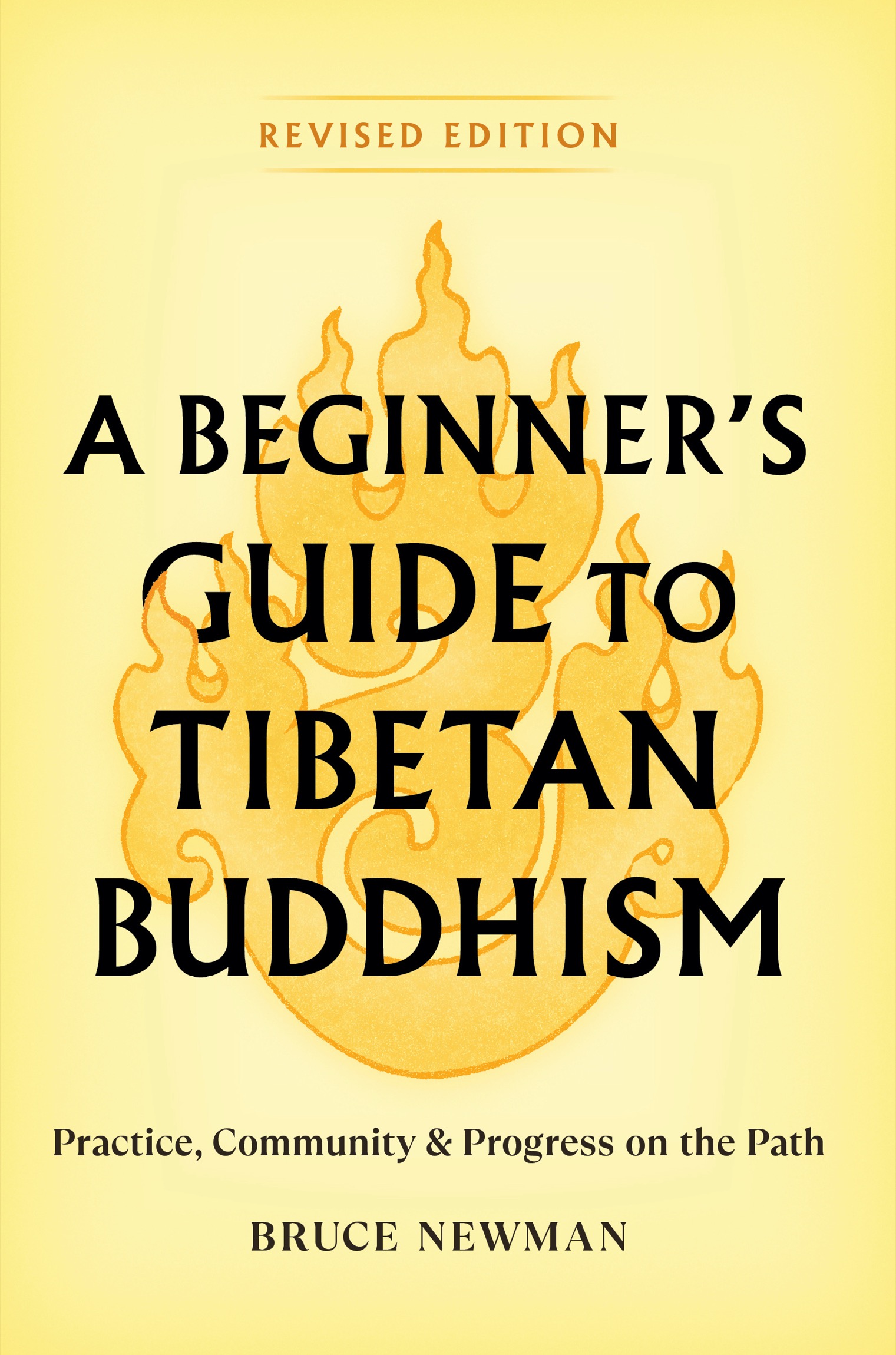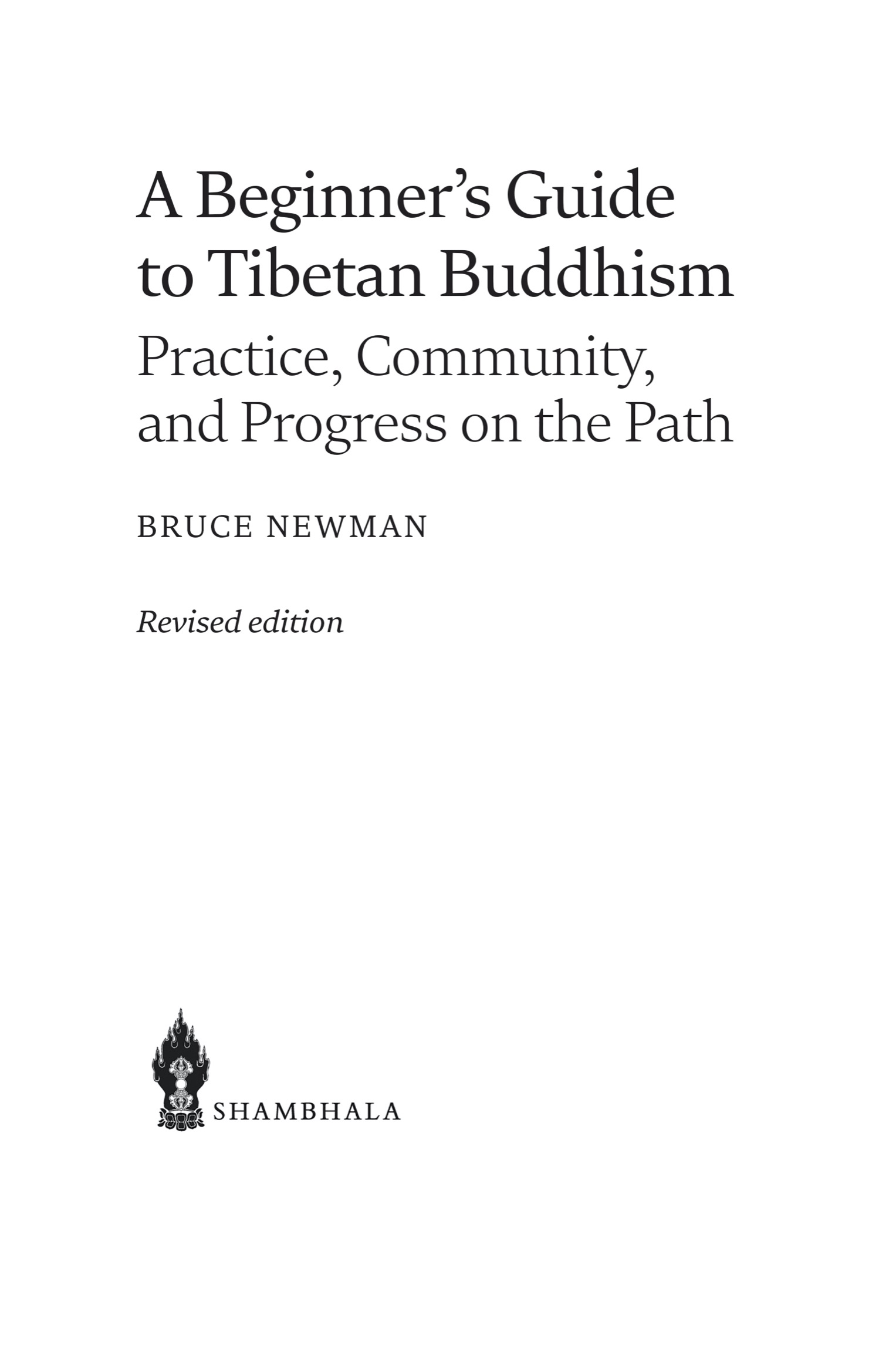But there are some wonderful changes too. Tibetan Buddhism has grown and thrived in the West. It no longer seems an alien subject; through the efforts of many great lamas, practitioners, and translators, it seems to be much more a map of who we are and who we can be rather than an exotic place we might visit.
I have changed too. Im almost seventy and have spent the intervening years teaching and practicing. Of course, I have learned a few things in the process, so when approached by the good folks at Shambhala Publications for an updated edition, I was very happy to share what I have learned with a new audience. So thank you very much to Shambhala, its president Nikko Odiseos, and especially my editor, Tucker Foley.
I am no enlightened master, just an older student. My greatest aspiration in life is to share what I have been so lucky to learn from my teachers with people who are perhaps just getting started in Tibetan Buddhism. If you learn something useful reading this, then the difficulties I have encountered will have been well worth it.
So all my best to you, dear reader. May all your aspirations be effortlessly fulfilled!
Acknowledgments
This book would not be possible without the help and inspiration of a great number of people. Foremost are my teachers. Ive been very fortunate to have many, but my two primary teachers are Venerable Chkyi Nyima Rinpoche and Venerable Gyatrul Rinpoche.
Many people suggested that I write a book. Most importantly, my wife, Susan Bosworth, and my root teacher, Chkyi Nyima Rinpoche, who basically ordered me to write it and wouldnt let me quit!
Also, many people read the various drafts of the manuscript and offered suggestions. The two most helpful have been my dear friends Gaea Yudron and Barbara Caselli.
I also extend my heartfelt appreciation to the patrons and sponsors, both past and present, whose generosity and trust have made it possible for me to devote my time fully to the Dharma. I wont mention any names, but you know who you are. Thanks again.
Thanks also go to my agent, Jimmie Young, who showed up seemingly out of nowhere, and to all the good folks at Snow Lion who have made so much of the precious Dharma available to us over the years.
Lastly, to all my friends and students along the way. Through our connection, I have learned a great deal about the manifold ways that buddha-nature unfolds in different practitioners; the lessons have been invaluable.
Introduction
I wanted to call this book Tantra for Dummies. Unfortunately, thefor Dummies name is trademarked. Nevertheless, this is going to be that kind of book.
When you buy a computer, it comes with an instruction manual. It is usually too brief and obtuse, and it never talks about the stuff youre really interested in. So you go buy a book like Windows for Dummies or Macs for Dummies, and it leads you through everything you have to do, step by step. It doesnt assume you know anything, and it leaves nothing out.
When you study Tibetan Buddhism, either by reading books, listening to teachings, or participating in a center, a lot goes unsaid. A great deal of background knowledge is assumed by the author, the speaker, the older students running the center. It takes a while for the neophyte to gather this background and learn the ropes, and by then, who knows? You may have become discouraged and quit.
I dont want you to quit. Tibetan Buddhists have a system of wisdom and technique that is just amazing. The more I learn about it, the more impressed I am. Also, Im sure your interest is sincereyou really want to better yourself and perhaps attain a level of realization. So in this book, well try to make the pieces match.
Perhaps it will make things clearer if I begin by talking about myself and how I got involved in Tibetan Buddhism and how Ive struggled and persevered, zigged and zagged, over the years. I feel some reservations about talking too much about myself, that as a Buddhist I should be more anonymous and self-effacing and make the presentation more traditional and less personal. However, when I was struggling at the beginning of the task of writing this book, my primary teacher, Chkyi Nyima Rinpoche, advised me to make the book more personal and autobiographical. When I took his advice, the material seemed to just pour out of me. With time Ive come to believe that, as much as anything else, what we older students have to offer is our own personal story of practicing the path. Tibetans have been enthralled by the stories and songs of Milarepa for centuries; theyve served as models and guides for countless followers. Im no Milarepa, but perhaps the reader will be able to learn and benefit from reading about my limitations and the errors Ive made along the way. I strongly feel that by sharing experiences that are unique to Westerners in our modern age, we are offering support to all Western practitioners.


